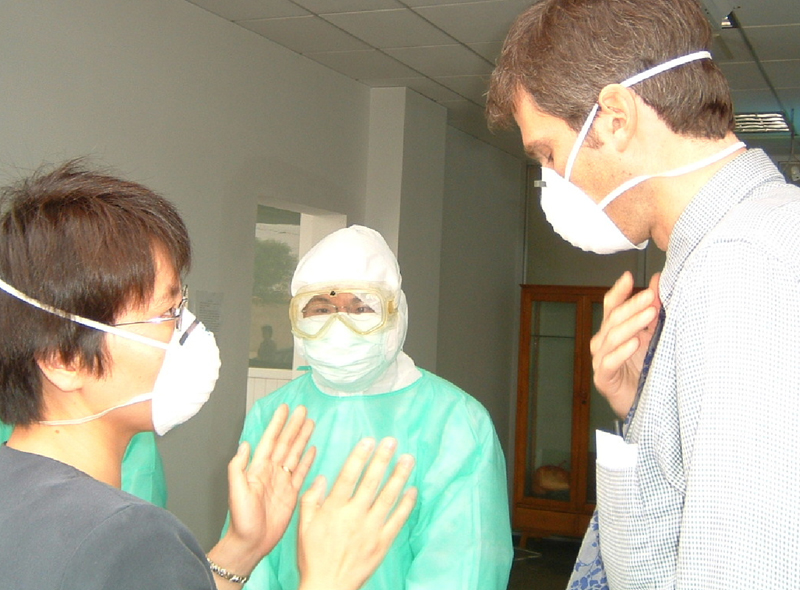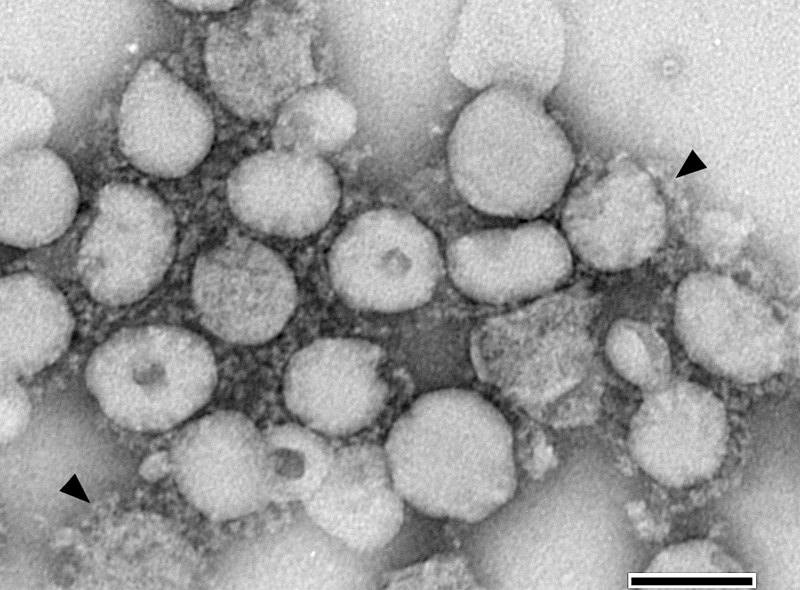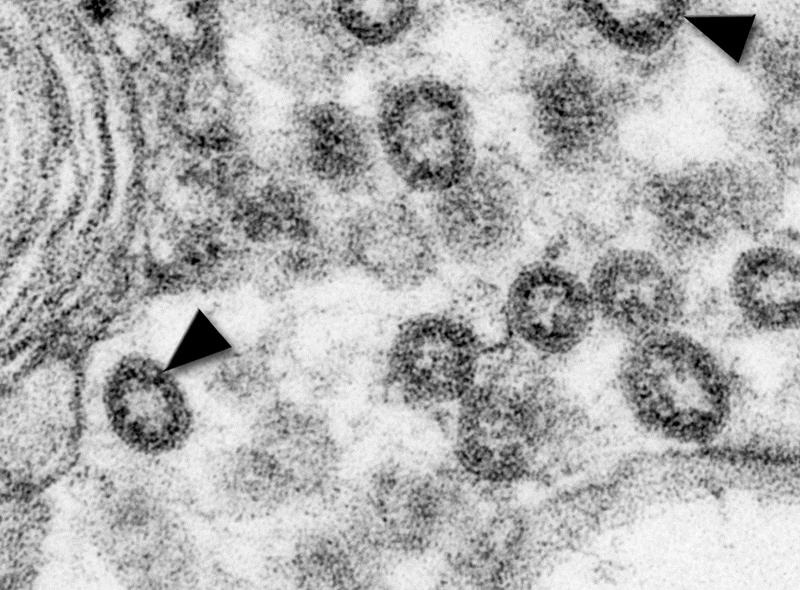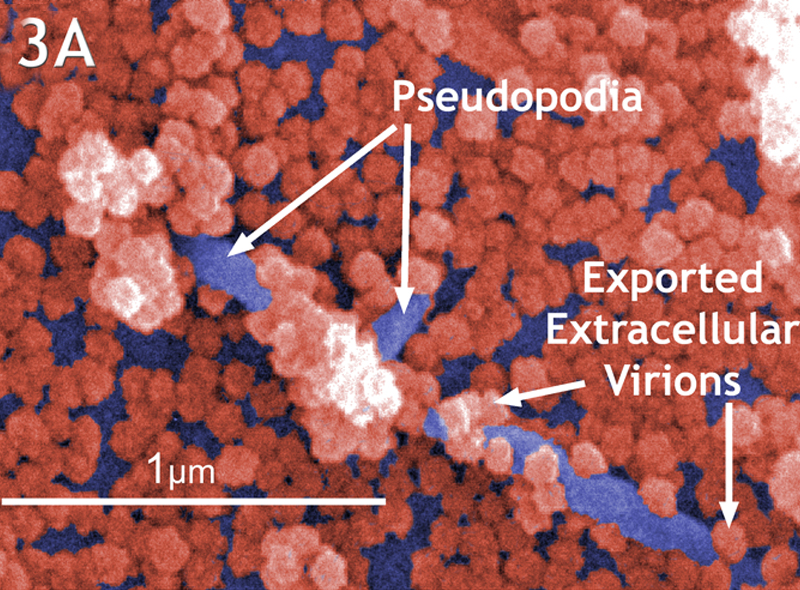Remembering SARS – 10 Years Later
About CDC

In the 2003 global disease outbreak, what became known as SARS-CoV started as a mystery illness—without name, origin, or cure. Public health scientists across the globe scrambled to understand and contain this health threat. CDC began working with the World Health Organization (WHO) in late February to investigate and confirm outbreaks of an unusual pneumonia in Southeast Asia. As WHO led a global effort to understand the illness and how to prevent its spread, questions outnumbered answers. At the time, all that was known about the new disease was that people quickly become severely ill and that it could be fatal.

Rima F. Khabbaz, MD
During the 2003 SARS outbreak, Dr. Khabbaz was the Associate Director for Science in the former National Center for Infectious Diseases (NCID), which led the CDC SARS response.

Scott F. Dowell, a pediatric infectious disease specialist by training, now focuses his work on global public health as director of the Division of Global Disease Detection and Emergency Response at the CDC Center for Global Health (CGH).
Coronaviruses are named for the crown-like spikes on their surface. They are common viruses that most people get in their lifetime. These viruses usually cause mild to moderate upper-respiratory tract illnesses.








